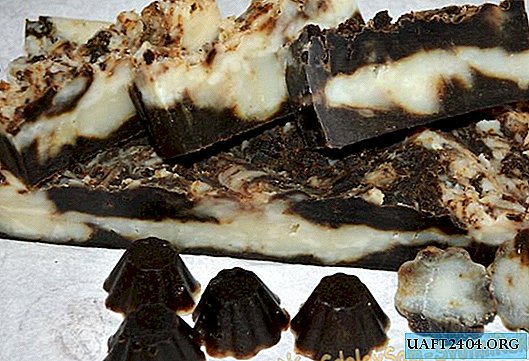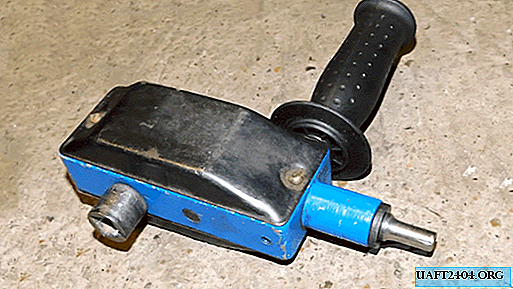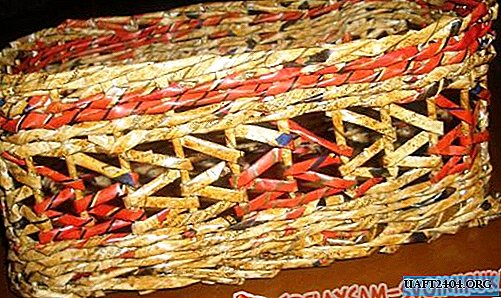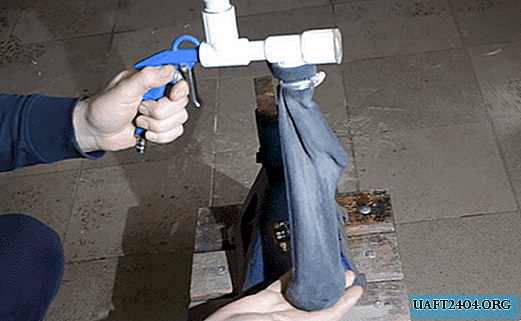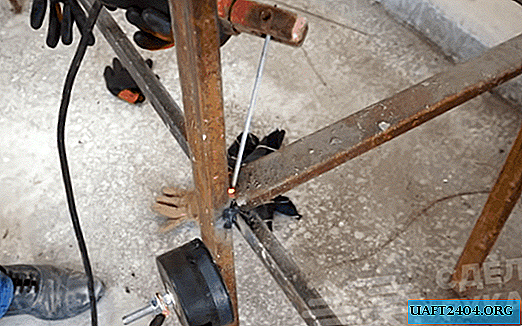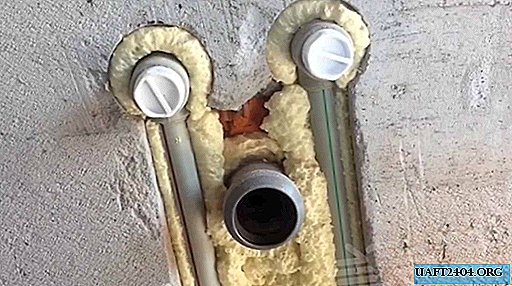Share
Pin
Tweet
Send
Share
Send
I decided to use a small ionization chamber with a current amplifier built on a composite transistor as a sensor.
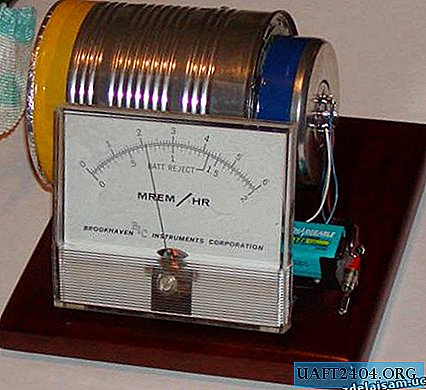
But when I connected the base of the composite transistor directly to the sensor wire, the collector current was practically absent. I expected to see some leakage current due to the floating base and tens of thousands gain. I don’t know if all of the composite npn transistors are as good as these MPSW45As, but the leakage current was surprisingly low and the gain looked very high, maybe 30,000, with a base current of several tens of picoamperes. (I checked the gain with a test resistor with a resistance of 100 MΩ connected to a power source with an adjustable output voltage).
Suddenly, I saw an opportunity to use these conventional components to make a truly sensitive sensor. I added another transistor as shown below

Who needs bias resistors ?! I used a can with a diameter of about 10 cm with a hole in the bottom for the antenna wire and aluminum foil covering the open part. I quickly realized that a resistor connected to a 2N4403 base (10 kΩ) is a good idea to prevent damage from a short circuit. The efficiency of this circuit was excellent; it easily detected the Coleman lamp thorium grid! So why not add another composite transistor? It seemed ridiculous, but here is what I built:

I used a 9 V supply voltage, but would recommend using a slightly higher voltage to get enough potential in the ionization chamber. Resistors have been added to protect against accidental short circuits, which can quickly damage a transistor or ammeter. During normal operation, they have little effect on the functioning of the circuit.
This circuit really works well, and after 5-10 minutes needed to stabilize, it could detect a glow grid at a distance of about ten centimeters. But the circuit turned out to be sensitive to temperature changes and the ammeter readings increased with a slight increase in temperature in the room. Therefore, I decided to add temperature compensation by constructing an identical circuit, but without a sensor wire connected to the base of the transistor, and turning on the measuring device between the output points of both circuits:

It looks a bit confusing, but actually quite easy to do. The circuit was assembled in the same can as used in one of the JFET projects described above, and all parts of the circuit were mounted on an 8-pin circuit board. An attentive reader will notice that I actually used resistors with a resistance of 2.4 kOhm and 5.6 kOhm, but these differences in the ratings do not play a big role. I also used a blocking capacitor connected in parallel with a battery with a rating of, for example, 10 uF. The sensor wire is directly connected to the base of the transistor and passes through a hole drilled in the bottom of the can. The circuit is quite sensitive to electric fields, so it’s a good idea to have a shell like this.



Let the circuit “warm up” a few minutes after applying the supply voltage, after which the ammeter should decrease to very small values. If the ammeter readings are negative, switch the sensor wire to the base of another transistor and change the polarity of the ammeter connection. If a noticeable voltage drops on resistors with a resistance of 2.2 kOhm, it can be up to one volt, try to clean everything with a solvent and completely dry. When the ammeter readings become low and stable, bring a radioactive source, such as a glow gauge, to the window covered with foil, and the readings should increase rapidly. A digital voltmeter with a scale of up to 1 V or an ammeter with a scale of 100 μA can be used as a measuring device. The meter shown below already has a scale calibrated in units of radioactivity, and a reading of about 2.2 is due to the effect of the glow grid.


This is a simple sensor, given its sensitivity! An active experimenter can try other transistors, most likely composite ones, for example, MPSA18, or even an operational voltage-controlled current amplifier, for example, CA3080 with an open feedback loop.

Share
Pin
Tweet
Send
Share
Send

